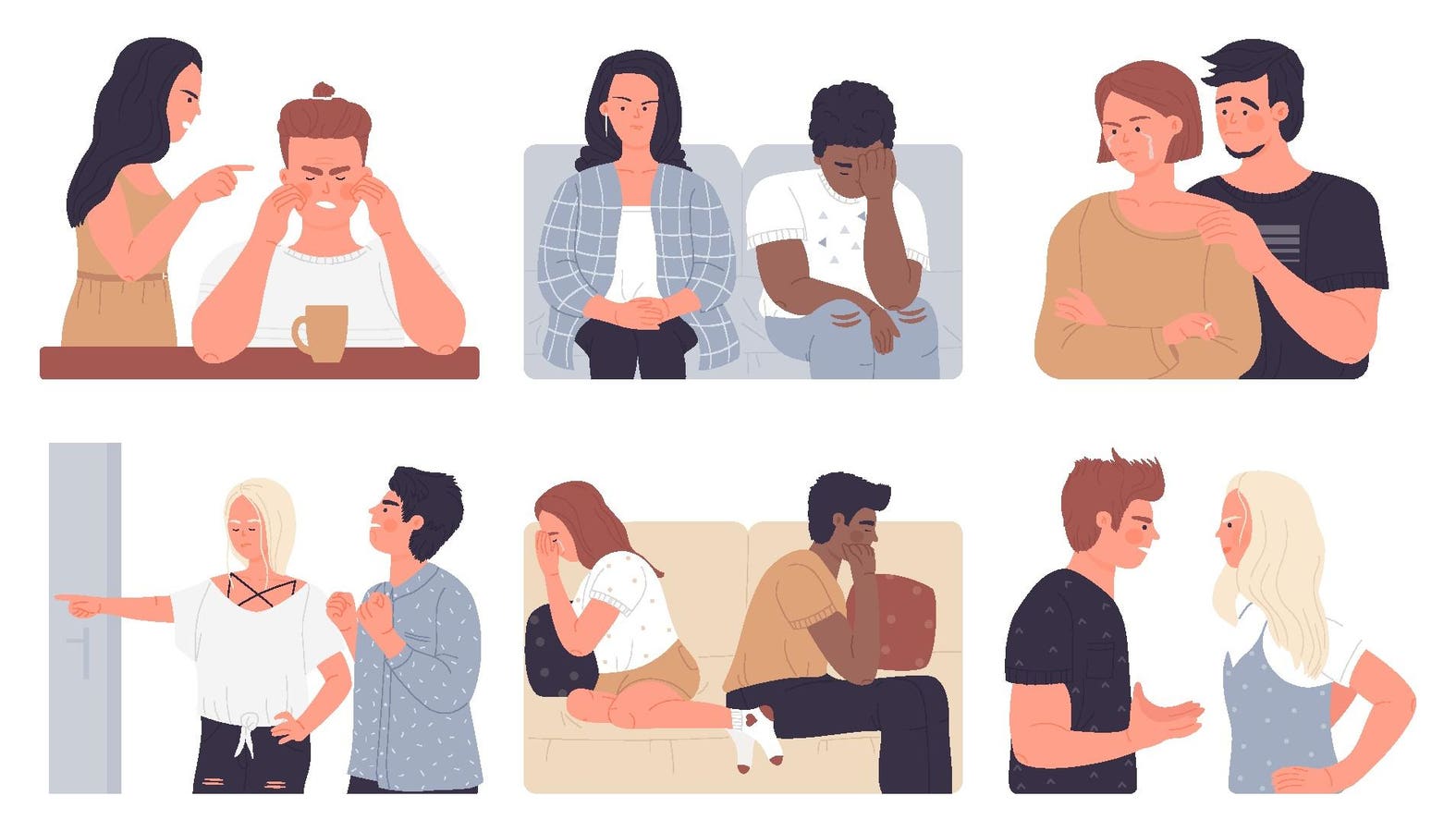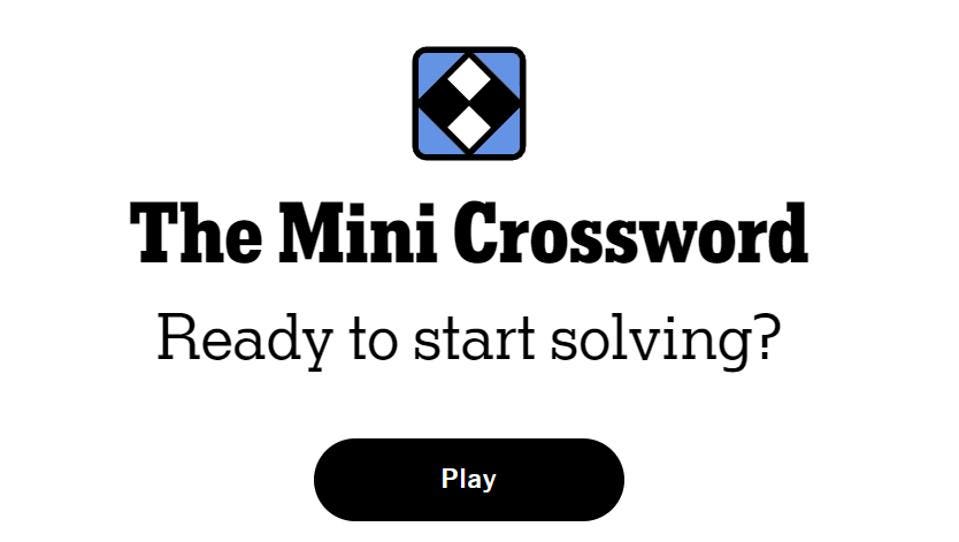Divorce is a complex, often heartbreaking process. Here are six phases divorcing couples tend to go … More
Divorce is far more complex than signing a piece of paper. It’s tears shed, families renegotiating their relationships with one another, the loss of companionship, rediscovering who one is without their spouse — and so much more.
In his influential book “Divorce and After,” anthropologist Paul Bohannan referred to these different stages of the divorce process as “stations of divorce.” His aim was to describe divorce not as a single legal act, but as a multifaceted social and emotional process that affects many dimensions of life.
Just as a train stops at various points along its route, Bohannan suggested that divorce unfolds in stages, each with its own set of challenges and adjustments. People may move through these stations at different times and in different orders, and not everyone leaves every station — some might get stuck at one, skip another or revisit a station later. The journey isn’t linear, and it’s not over just because the legal paperwork is done.
These are the six stations or types of divorce couples go through, according to Bohannan.
1. The Emotional Divorce
This is often the first station, and it can begin long before anyone utters the words “I want a divorce.” The emotional divorce refers to the gradual unraveling of intimacy, trust and emotional connection between partners. It’s the loneliness that creeps in while you’re still sharing the same bed, but no longer feeling like a unit. It’s feeling more like roommates than lovers.
Psychologically, this stage is often marked by disillusionment, dissatisfaction, resentment and emotional withdrawal. One or both partners may feel unseen or unsupported. Often, couples may have tried to fix things at this point — through communication, therapy or simply holding on for dear life — but something feels irreversibly broken.
A 2021 study published in Trends in Psychology suggests that an emotional divorce can involve a multitude of feelings for both parties, including fear, relief, sadness, anger, hope and personal growth.
“At some point it was even cold between us. A distance began to form. We no longer had the usual topics of conversation. I focused on my pleasures, she on her work and our relationship was through the children. The divorce was essentially a final stop in a process that had started years before,” describes Dan, a participant from a 2024 study on late-life divorce, highlighting how emotional divorces can happen long before legal steps are taken.
2. The Economic Divorce
Even the most amicable divorces can become conflict-ridden when it comes to discussing finances. The economic divorce refers to the practical (and often fraught) task of dividing assets, debts and financial responsibilities.
This phase can stir up deep psychological fears about security, fairness and even identity. For some, especially if one partner earned significantly more or managed the finances, there’s a fear of losing control or independence. Others may feel anxiety about affording life on their own or resentment over perceived financial injustices.
Power dynamics, past sacrifices (like one partner putting their career on hold) and trust issues all resurface during this stage. The economic divorce isn’t just about numbers, but about what money has come to symbolize in the relationship: stability, contribution or even love.
Financial discussions often become a battleground, and the financial implications of divorce can linger long after the legal process ends.
3. The Co-Parental Divorce
If a divorcing couple has children, the parental relationship must continue in some form. This station is about negotiating custody, parenting schedules and decision-making for the child’s well-being. Successfully managing this station is key to the long-term health of their children.
Navigating co-parenting is often the most emotionally charged and challenging station. This phase requires an enormous psychological shift. Couples must learn to separate their relationship as romantic partners from their role as co-parents. This involves grieving the loss of the sense of family they once shared while staying grounded and cooperative for their children’s sake.
Conflicts can arise around custody, routines, schooling and even the way each parent chooses to raise the child. Old resentments often surface here, making it harder to work as a team. The key psychological challenge is learning to communicate and collaborate in a new way — one that prioritizes the children over the couple’s pain.
4. The Community Divorce
Divorce doesn’t just affect the couple; it ripples out to affect everyone around them — friends, extended family, neighbors and even coworkers. The community divorce is about how the world around you responds to your separation.
Social circles may split. Friends and extended family may choose sides, drift away or need time to adjust to the new status quo. Some friends may disappear entirely, unsure of how to navigate the shift.
Couples often have to renegotiate shared relationships — who gets which friends, how to attend events separately and how to explain the split to others.
This stage can be incredibly isolating. Divorce often leads to significant changes in one’s social networks. Many people find themselves grieving the loss of a community they once deeply depended on. This is also where the need for belonging becomes painfully clear and where finding new support systems becomes essential.
Additionally, a couple’s community may respond in supportive or rejecting ways, affecting how they cope with the divorce.
Research published in Current Issues in Personality Psychology highlights the crucial role of perceived social support in overcoming the sense of loss associated with divorce as well as in contributing to one’s well-being post-divorce.
“For the vast majority of the respondents their parents, friends and acquaintances were the major source of support. About one third of the participants were given support by their siblings and their own children,” the researchers write.
5. The Legal Divorce
This is the most formal and often public part of the divorce process: the legal end of the marriage through the court system. While it might seem straightforward, it can actually be one of the most emotionally taxing stages.
Lawyers, judges and legal language don’t account for emotional nuance. For many, the courtroom becomes a space where long-held grievances resurface. The process can trigger anxiety, helplessness and even relational trauma, especially when one party feels outmatched or unheard.
The legal divorce can also be symbolic. It’s the moment when the separation is “real” in the eyes of the state, which can bring closure for some and a profound sense of finality and grief for others. Additionally, people may be legally divorced, but still emotionally or financially entangled, adding to the complexity of this stage.
6. The Psychic Divorce
The final — and often longest — station is the psychic divorce. This is the internal, psychological process of truly letting go of your spouse. It’s about emotionally disentangling yourself from the relationship to begin moving forward as an individual.
You may have stopped living together, sharing finances or raising your children together, but the psychic divorce is about no longer defining yourself in relation to your former partner. It’s about reclaiming your narrative, your identity and your sense of purpose, which can feel strained under the emotional weight of your separation.
This stage can take years. It often involves periods of solitude, self-reflection, therapy, supportive new relationships or simply time to heal.
This process also involves moving through the stages of grief: denial, anger, bargaining, depression and finally, acceptance. Just as with mourning a death, psychic divorce requires coming to terms with the end of a dream — the loss of a shared future and a version of yourself that existed within the relationship. You might grieve the life you thought you’d have, the person you once were with them or the way you were once seen through your partner’s eyes.
Reaching psychic divorce means finding emotional neutrality or peace. You may still remember the past, even feel sadness or nostalgia, but you no longer carry resentment, longing or traces of identity fusion.
However, some people never fully complete the psychic divorce, especially if they hold onto anger, regret or longing.
Divorce is rarely a clean break. It’s a journey through grief, identity shifts, practical hurdles and emotional upheaval. Bohannan’s six stations remind us that divorce isn’t just a legal or emotional experience, but an all-encompassing life transition.
Wondering how the end of your relationship has impacted you? Take this science-backed test to find out: Breakup Distress Scale








